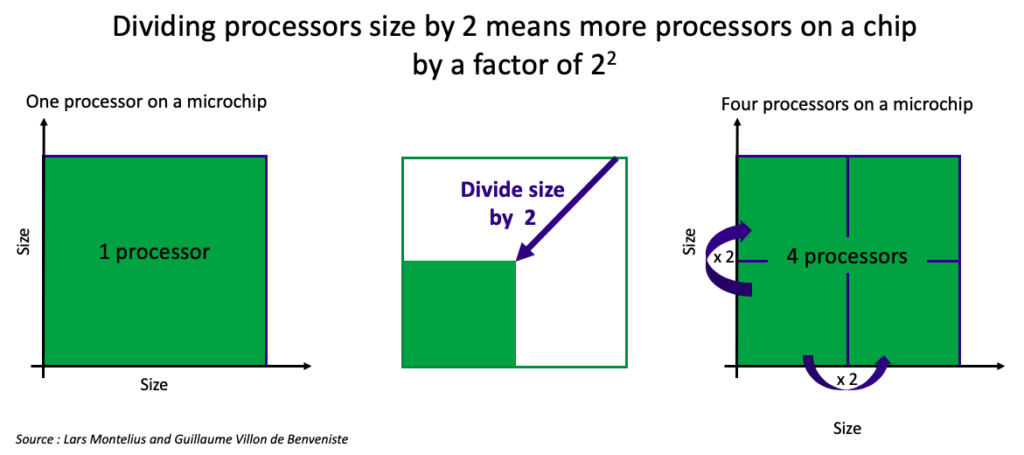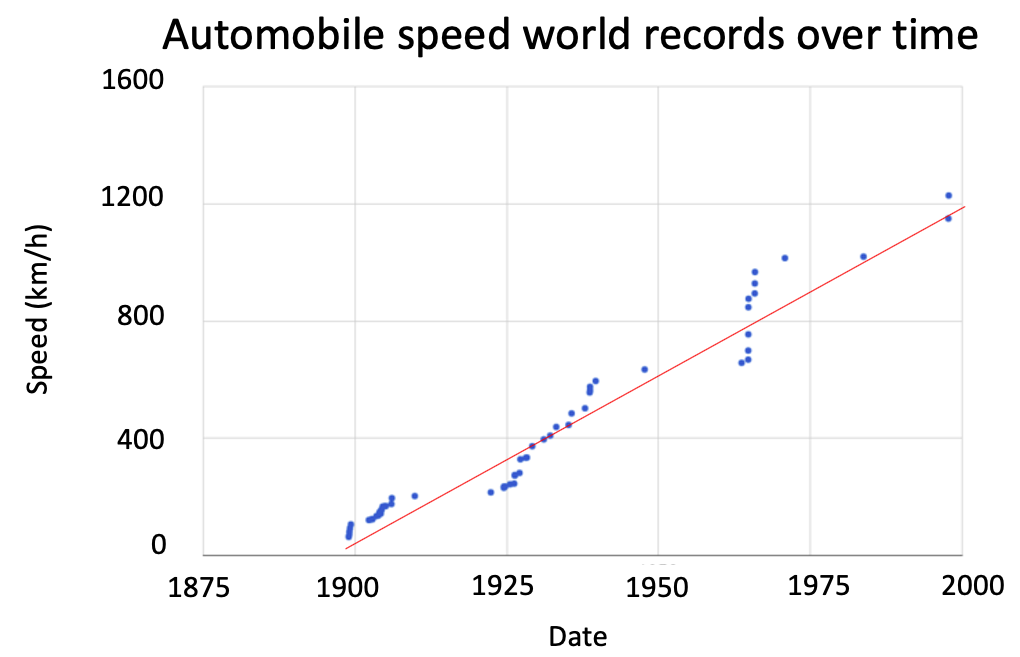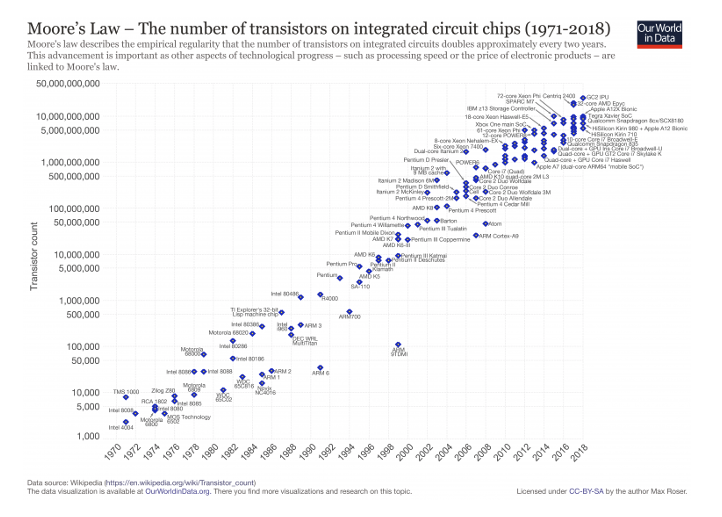In what way is nanotechnology changing our world? Why is it that nanotechnology has numerous applications across many different industries? And in what way is it fueling exponential technologies ? What’s the difference between linear progress and exponential improvements?
I address these matters with Lars Montelius, Director General of the Iberian International Nanotechnology Laboratory.
A short bio of Lars Montelius
A scientist and a PhD in nanotechnology, Lars is also an accomplished entrepreneur, having founded no less than 10 companies before heading the International Iberian Nanotechnology Laboratory. Lars began his career when the technology was just blossoming in Sweden, one of the three top one of the three centers of nanotechnology in the world with California and Tokyo.
A brief history of nanotechnology and the question of exponential progress
Nanotechnology is the study and control of matter on the molecular level in scales smaller than 1 micrometre, normally 1 to 100 nanometers, and the fabrication of devices within that size range.
In the Cold War, after the Soviet Union launched Sputnik, the United States and the free world ramped up their efforts in science and technology. To propel objects into space and make it to the moon, they needed new materials but also new telecommunication means.
It turns out that computer power is a function of the number of processors that can be graved into graved onto a chip. As the size of chips is set, the only way to increase the number of processors is to decrease its size. And that’s the beginning of the search for building smaller tools with the advent of microelectronics and then later on nanotechnology.
Assume now that one is to put up as many processors on 1 square inch. One can see that if one is able to divide the the size of processors by two, then, one can add on twice as many elements on the same microchip.

This explains why digital technology is indeed increasing exponentially while mechanical technology is only increasing linearly. As shown in the graphs below:


Introducing INL
The Iberian International Nanotechnology Laboratory (INL) is an intergovernmental organization working with over 40 countries worldwide. The organization is getting its funds from at least three different sources:
- Government funding
- European Union funding.
- Private funding, especially from large industrial organizations and companies
There is always been a divide between abstract and pure research and development, and its concrete applications specific industries in the economy, many are great inventors but failed to find the best way to apply their ideas and bring change in the economy. INL is bridging the gap. Rather than starting out from the technology, INL starts with the problem that clients want to solve. And then, from the problem, INL is working backwards to get to the kind of technology solution that would best address the identified problem.
Lars’s readings are focused on customer-centricity
Lars mentioned two books that really stuck with him. He enjoyed Simon Sinek’s Start with Why because it explains why innovators it should define the problem before looking for a solution. In addition, the idea may also be applied in other fields.
Lars also enjoyed The Moment of Truth because it shows that organizations, often stuck in figuring out how to operate their production chain and how to align strategy with execution, tend to forget that, in the end, the most important stakeholder is the customer. And it’s the customer’s decision to purchase a product or service that is the moment of truth and that, validate whether the organization’s decisions were relevant.

Here’s my conversation with Lars :

No comment